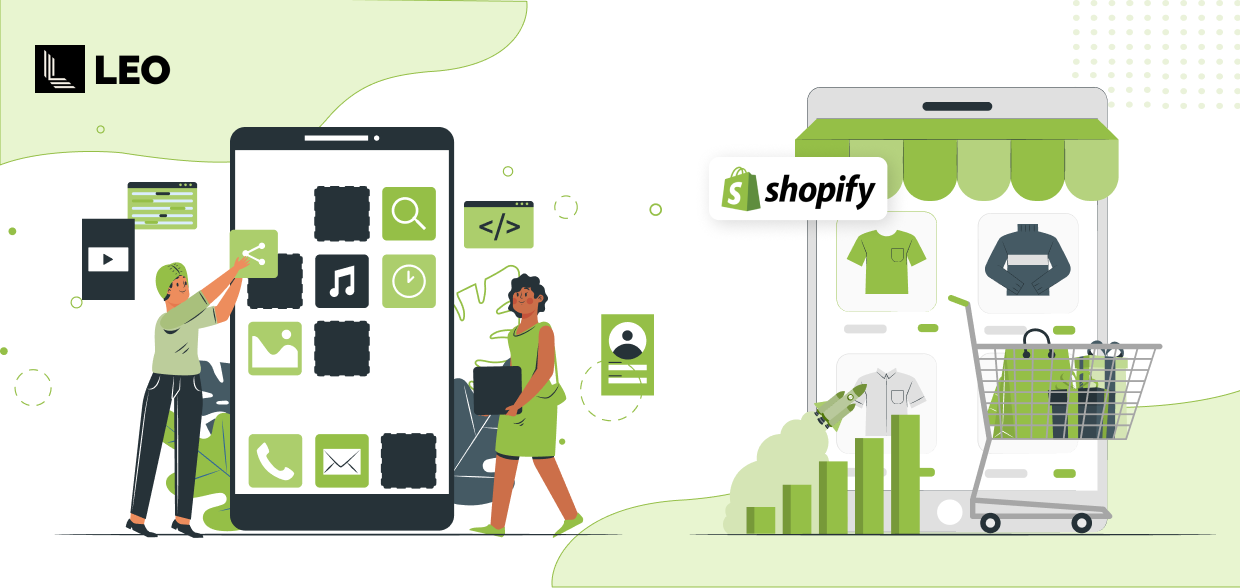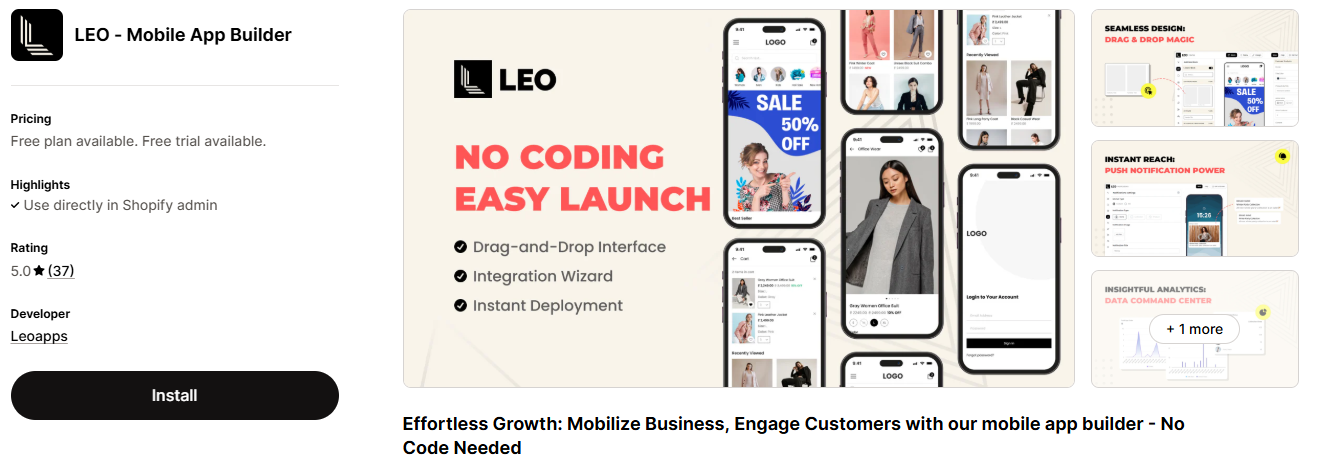How to Build an App for My Business: A Step-by-Step Guide for 2025

Digital marketing is no longer a luxury but is necessary to survive in a hustling business world. If you don't do it, your competitor will!
If this combination of a good product, good after-sales services, and affordable rates is not working for you, then eyebrows must rise; it's time to put your best foot forward!
Suppose the business is stuck at the exact sales figures, maybe gradually declining, in 2025, and the world is moving ahead at lightning speed. In that case, one of the factors responsible is digital marketing.
Digital marketing is a broad term. One can start digital marketing by building an app for an online store. It is a foolproof strategy that has worked for many businesses. You can give it a try!
And hold the horses. When we say build an app for business, we are not talking about incurring a huge expense. One can do it on a limited budget, too (read till the end).
Want to stay ahead in the world of digital commerce? Dive into this insightful article to understand what digital commerce means and how it’s transforming online business today.
Here are the Steps to Crack the App-Building Strategy with Minimal Expenses.
Step 1: Define Your Business Goals and Target Users
No road can lead you anywhere if you don't know where you want to go. Determining goals is non-negotiable, as it ultimately helps you reach the target without going off-track. Coding, platform, layout, designing everything comes after the goal.
Tip: To decide the goal, considering the following factors is essential:
- Demographics
- Target Audience
- Core Area you want to focus on (e.g., online sales, customer loyalty, etc.)
- Drawbacks of the brand (e.g., high price point, low sales, etc.)
Example: Suppose you own a quick delivery channel and want to create an application for it. The goal of instant delivery apps can be timely delivery, stock management, quality products, etc.
Step 2: Choose the Right App-Building Platform
Haven't you heard, don't build a mansion on sand? It is an apt saying about choosing the right app-building platform for an online store. If the platform is weak, no matter how much money you invest in building an app, it will all be in vain. A robust platform can alleviate the burden of poorly designed or created apps, but a weak platform will neither enable the app to perform nor help achieve the desired results.
Tip: To decide on an app-building platform, consider the following points:-
- Whether it supports a drag & drop interface
- If customer retention features are covered (like push notifications)
- Check whether multiple-currency support is available
- If the platform is pocket-friendly.
Example: A person living in a hyper-local location wouldn't be able to afford expensive platforms to develop a mobile app. Rather, he can rely on the LEO App, which comes with all the features mentioned above, professional assistance, an experienced team, and all the required features.
Step 3: Design Your App's User Interface
The first impression is the last! Imagine surfing an online Shopify store that's a complete mess. Will you bother to browse it? Design speaks louder than offers, products, and services. No matter how good your product is, if the app fails to market it, there's no scope for reimbursing the loss caused by bad UI. Therefore, being particular about UI is a must.
Tip: Design the App's UI keeping in mind:
- Clutter-free layout, easy to surf
- Visual Hierarchy should be followed
- Brand colors can not be overlooked
- Customer-friendly design
Example: Imagine making a mobile app for a payment gateway company. A minor design glitch will cause many payments to get stuck, and a complex design will decrease usability.
Step 4: Add Essential Features to Your App
A great app isn't just all about looks; features matter too!
If you have an app that looks good but doesn't function well, will it yield the desired results?
Prioritizing functionality is a game-changer if you plan to build an application that delivers positive results, builds a brand, and supports customer relations.
If the apps lack features that customers prefer, they prefer buying from other online stores or might not prefer making repeat purchases from the online store.
Tip: Features that are a must:
- Push-notifications
- In-app search with filters
- Payment gateway integrations
- Facilities for customers like a wishlist, coupon codes, etc.
Example: Amazon, Flipkart, and Meesho are prime examples of developing an e-commerce app with primary and advanced features.
Why is LEO Mobile App Builder a Game-Changer for Shopify Merchants?

If you think owning a Shopify store and building a brand presence via a website is all you need, think again!
In 2025, having a mobile app that supports your Shopify store is a must. Only with the help of a well-developed app can you focus on customer retention and direct engagement. And this does not necessarily have to be expensive!
Rely on the LEO Mobile App Builder, which provides a solution to build an Android and iOS app with a drag-and-drop facility (that means no coding!). Besides, it has a complete package that sends push notifications for various occasions and events, making hyper-personalization accessible. These functions can yield better results, improve sales figures, and focus more on building customer relations.
Curious about mobile app quality assurance? Explore this detailed guide to learn the best practices, tools, and strategies for ensuring your app delivers a flawless user experience.
Combining all of this in one platform is a win-win for Shopify merchants.
Final Thoughts
Your business app journey starts now! Your choices will determine whether you want to make it path-breaking or path-making. Erase all unnecessary struggles by selecting an app builder platform that offers surprises rather than shocks. To accelerate the business, build a mobile app today! We mean get it built!

